Screening: “Photographing a Ghost” at Light Industry. TUESDAY, OCTOBER 31. During the late 19th and early 20th centuries, in response to the rise of the Spiritualist movement, artists began coming up with ways of communicating with the dead. The technology was changing rapidly, and with new trades came new tricks—film editing, for example, made relatively lo-fi special effects possible.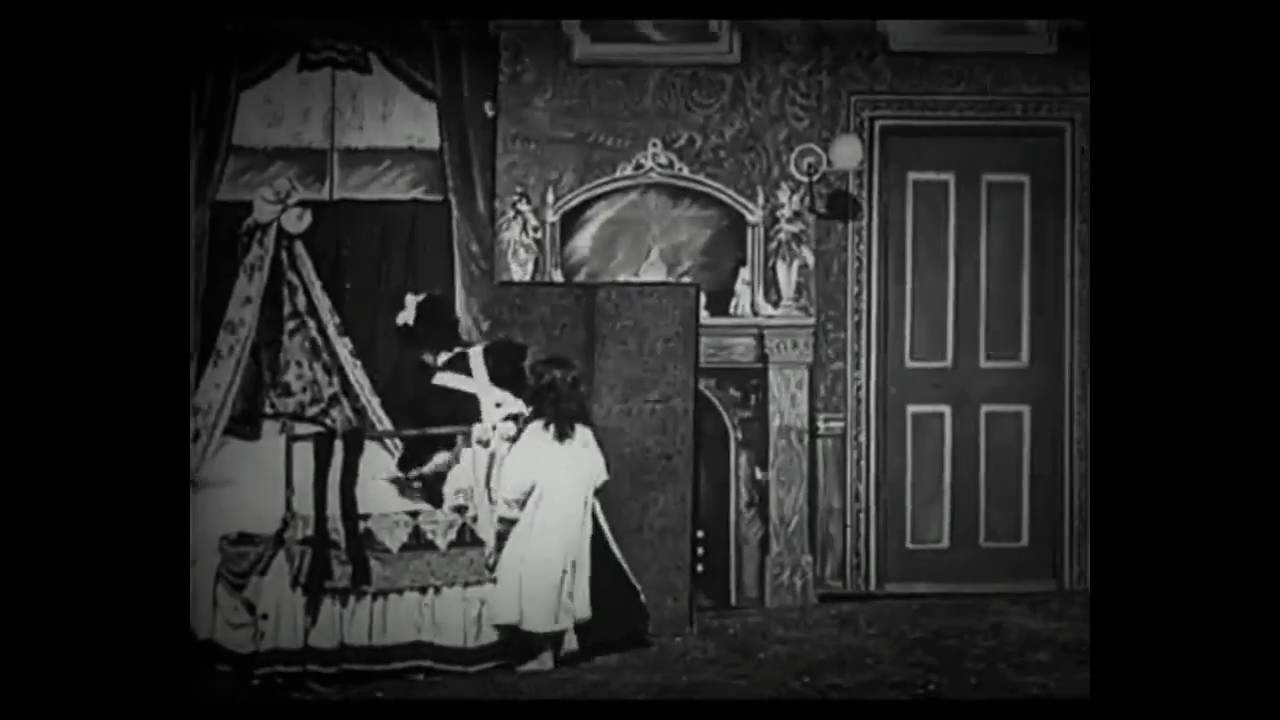 In the 1890s, a number of filmmakers began using stop-motion animation and optical illusions to conjure phantoms and engage in the liminal space between life and death. This Halloween, Light Industry will screen some early films of the sort, by Segundo de Chomón, Georges Méliès, and Edwin S. Porter, and host a reading of Spiritualist accounts and a performance of a new musical score by Zachary Koeber. Light Industry, 155 Freeman Street, Brooklyn, 8 p.m.
In the 1890s, a number of filmmakers began using stop-motion animation and optical illusions to conjure phantoms and engage in the liminal space between life and death. This Halloween, Light Industry will screen some early films of the sort, by Segundo de Chomón, Georges Méliès, and Edwin S. Porter, and host a reading of Spiritualist accounts and a performance of a new musical score by Zachary Koeber. Light Industry, 155 Freeman Street, Brooklyn, 8 p.m.
Opening: Yayoi Kusama at David Zwirner. THURSDAY, NOVEMBER 2
Following the opening of her museum in Tokyo earlier this month, Yayoi Kusama will debut new polka-dot pumpkin sculptures and “Infinity Room” installations in New York. Her two new major concurrent exhibitions, collectively called “Festival of Life,” will span three David Zwirner spaces, two in Chelsea and one on the Upper East Side. Her “Infinity Rooms” were the subject of a show that debuted at the Hirshhorn Museum and Sculpture Garden in Washington, D.C., where people waited in line for hours just to get a 30-second peek at each installation. Expect similar lines at this hotly anticipated exhibition. David Zwirner, 525 and 533 West 19th Street and 34 East 69th Street, 5–8 p.m. (69th Street) and 6–8 p.m. (19th Street)
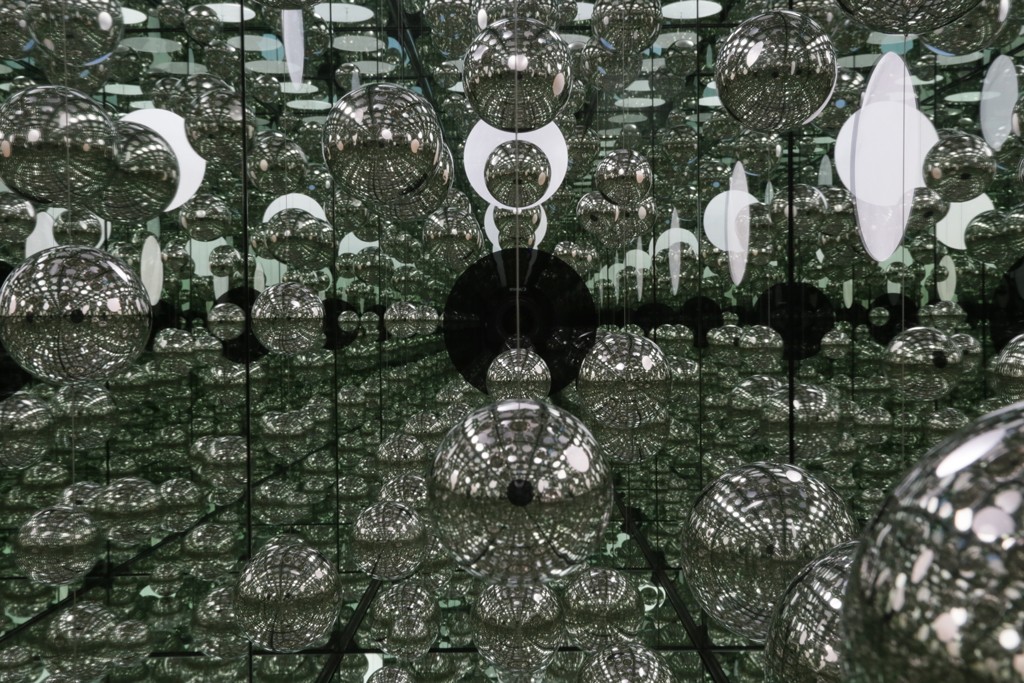
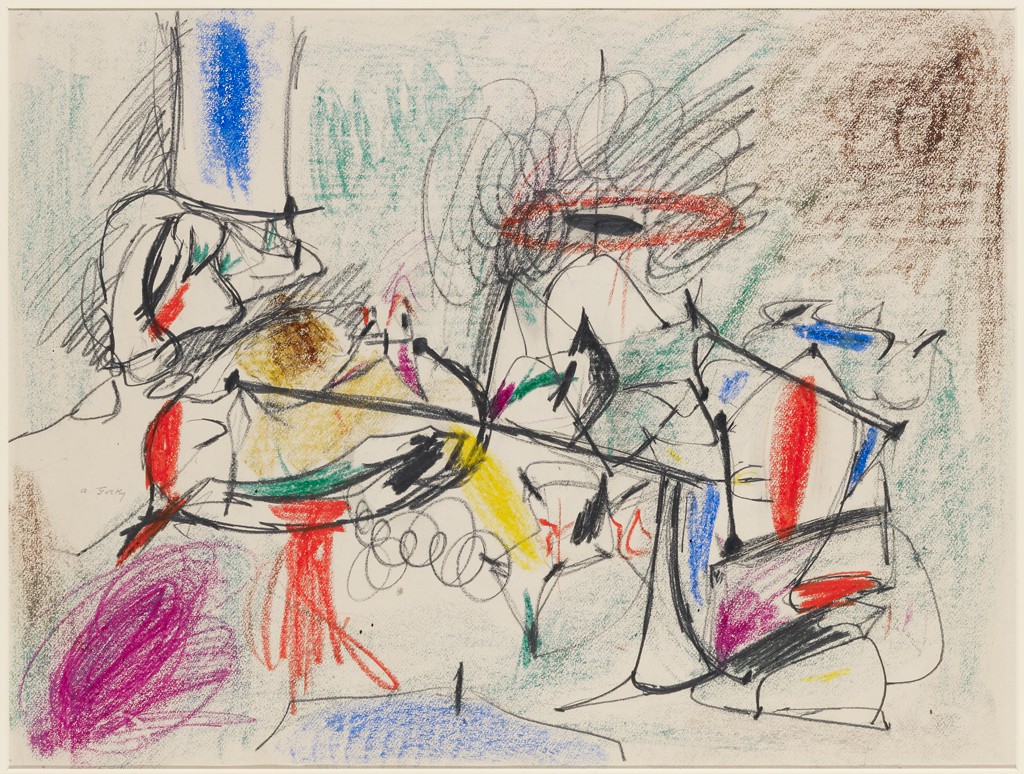
Opening: Arshile Gorky at Hauser & Wirth. In the summer of 1943, following a trip to his in-laws’ farm in Virginia, Arshile Gorky decided to change up his style. Inspired by the natural splendor and complex forms of the farm’s grounds, Gorky spent the next three years producing a series of vivid landscape scenes. With their drippy backgrounds and amorphous forms, the paintings, which precede Lee Krasner and Joan Mitchell’s most famous work by several years, predict the rise of Abstract Expressionism several years later. More than 50 paintings and works on paper Gorky produced between 1943 and 1947 will be featured in this exhibition, which marks the first time this series will be surveyed in New York. Hauser & Wirth, 32 East 69th Street, 6–8 p.m.
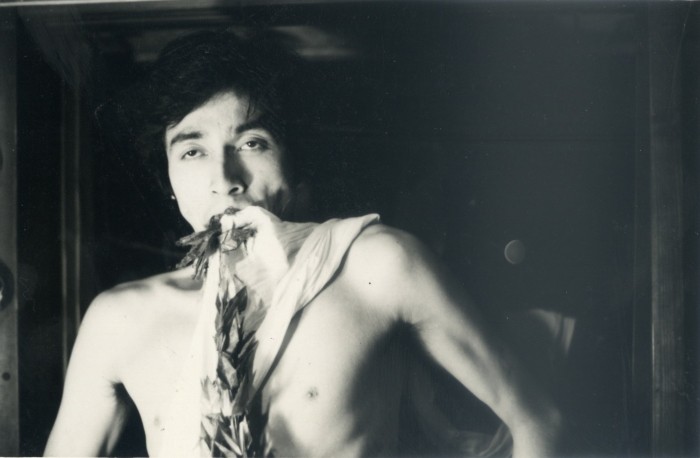
Performance: Kazuki Tomokawa at Greene Naftali. THURSDAY, NOVEMBER 2
Blank Forms presents the first-ever United States performance from the legendary Japanese singer-songwriter Kazuki Tomokawa, who has been practicing an intense brand of experimental folk music for more than 40 years. (Critics have called Tomokawa, whose work is often fairly loud, a “screaming philosopher.”) Tomokawa came of age in the 1970s Japanese underground, and since 1993 has recorded for PSF Records, which boasts a staple of like-minded avant-gods including Keiji Haino and High Rise. Greene Naftali, 508 West 26th, 8 p.m.
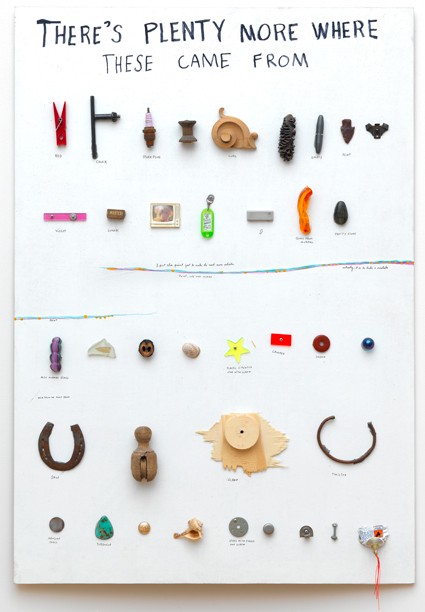
Exhibition: Jimmie Durham at Whitney Museum. FRIDAY, NOVEMBER 3. Jimmie Durham, who came up in New York in the ’80s, has worn many hats—over the past four decades, he’s been a performer, poet, essayist, and, perhaps most importantly, a sculptor. Made up of disparate found materials such as text, bones, wood, and manufactured objects, Durham’s assemblages are ways of arguing against—and, by the same token, slyly playing into—Western stereotypes, particularly about indigenous peoples. This exhibition is the New York leg of Durham’s first major retrospective in North America (it originated at the Hammer Museum in Los Angeles last year) and will feature more than 120 of his controversial, confrontational videos, sculptures, photographs, collages, and drawings. Whitney Museum, 99 Gansevoort Street, 10:30 a.m.–10 p.m.
Opening: Alfredo Volpi at Gladstone Gallery
The style of Alfredo Volpi’s paintings suggests a combination of Concretist and Surrealist techniques, except Volpi, was different from the artists in those modernist avant-gardes in one respect: he was self-taught. During the 20th century, the Brazilian artist became known for his stripped-down, abstract approach to representing everyday things such as festival banners and building façades. His career is due for a reappraisal, and this exhibition, which focuses on work made between the 1950s and 1970s, will mark his first solo presentation in the United States. Gladstone Gallery, 130 East 64th Street, 6–8 p.m.
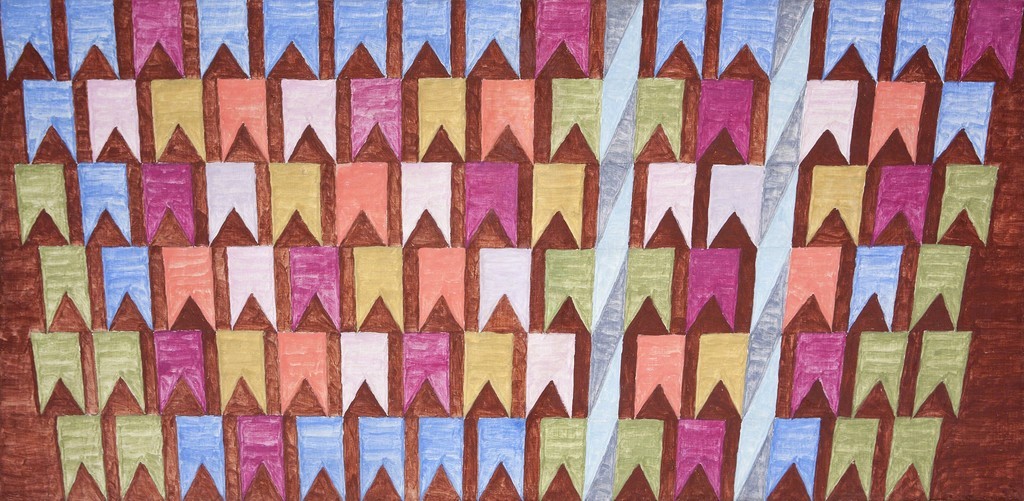
Panel: “Net Art Anthology: Distribution and Disappearance After 9/11” at New Museum
The latest in an ongoing series of events related to Rhizome’s Net Art Anthology—which attempts to map the history of net art through 100 artworks, with one posted to the nonprofit’s website every week over the course of two years—takes a look at net art made in the wake of the 9/11 attacks. Highlights of the night include Rhizome assistant curator of net art Aria Dean’s presentation on William Pope.L’s work Disturbing Martin(2000–05) and a talk from Eva and Franco Mattes, also known as http://0100101110101101.org, who made the entirety of their desktop available for public view for their online performance Life Sharing (2000–03). New Museum, 235 Bowery, 7 p.m.
Exhibition: Mike Kelley at Luhring Augustine. SATURDAY, NOVEMBER 4. Mike Kelly’s Extracurricular Activity Projective Reconstruction #8 (Singles’ Mixer) is part of a larger 2005 series of installations by the late artist titled “Day Is Done,” which used materials culled from high-school yearbook photographs as a jumping-off point.
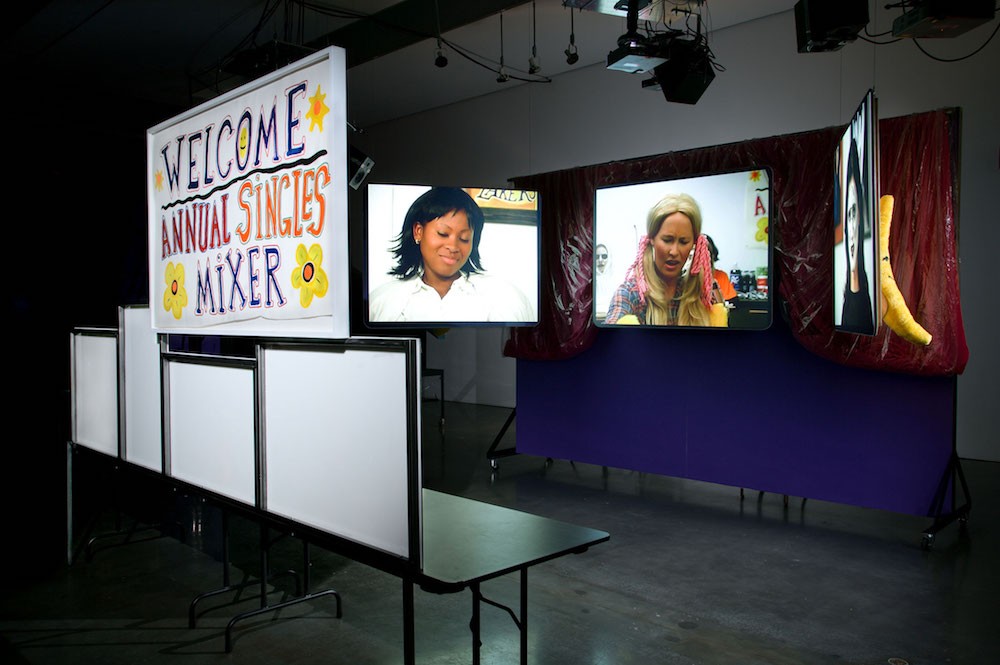
For Singles’ Mixer, which is on view until late January at Luring Augustine’s Bushwick outpost, Kelly presented a multi-channel video and sculptural installation that portrays a conversation of sorts between an eclectic group of on-screen characters, drawing on our collective histories—both personal and cultural—to craft a narrative at once specific to the artist and deeply universal. Luhring Augustine, 25 Knickerbocker Avenue, Brooklyn, 11 a.m.–6 p.m.
























